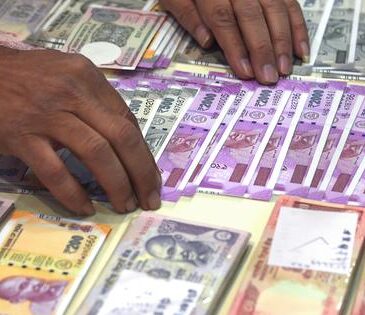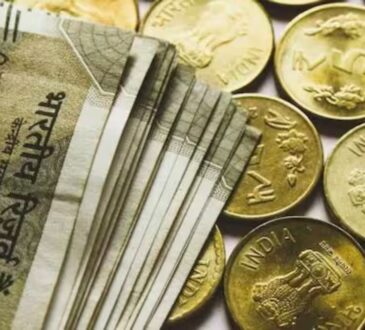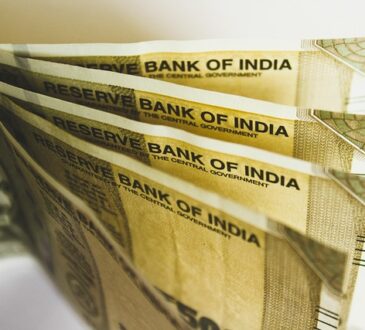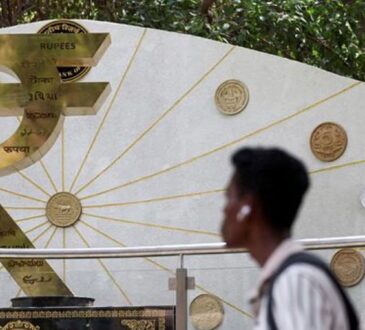On the day, most Asian currencies rose between 0.1% to 0.6% versus the U.S. dollar but the rupee was little changed at 85.61.
A similar pattern persisted throughout May, with the rupee declining by about 1% on the month so far even as its regional peers gained. The Korean won, for instance, is up 3.6% on the month and the offshore Chinese yuan has risen about 1% as well.
There have been persistent outflows that have kept the rupee under pressure, but once they subside, the currency should see a bit of appreciation, Apurva Swarup, vice president at Shinhan Bank India.
A senior treasury official at a bank pointed out that foreign portfolio outflows from Indian equities had picked up as well amid a possible reallocation towards Chinese equities, contributing to pressure on the rupee.
On the macro-front, there aren’t any concerning factors so the price-action seems “flow-dependent,” a trader at a state-run bank said. On top of that, key levels like 85.40 and 85.20 have held up repeatedly so the desire to enter long bets on the rupee has diminished, the trader added. In the medium-term, traders expect the rupee to be rangebound while keeping a close eye on developments related to trade negotiations between India and the U.S., which would influence foreign portfolio flows into local equities as well.
The dollar, meanwhile, appears to be gripped by a bearish bias on the back of concerns about the fiscal health of the U.S. economy and uncertainty about the future of U.S. trade policies.
“There is possibly fading market confidence towards US trade and fiscal policies,” MUFG Bank said in a note. On the day, the dollar index was down 0.3% and hovering at a two-week low of 99.6.





